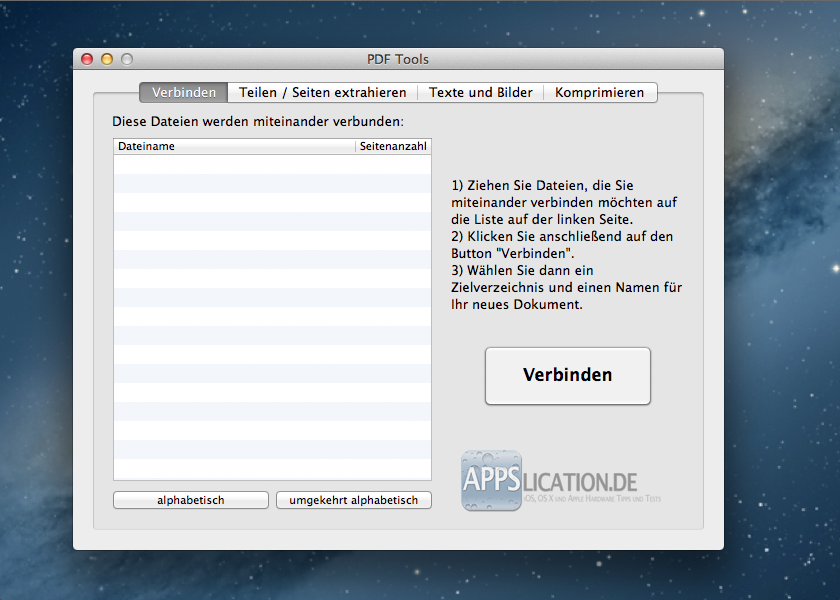
Specifically, the temperature factor had an increasing effect on the particle area, and a decreasing effect on particle circularity. The user can define the page size by adjusting it to the images or applying any other custom settings. The drag-and-drop system still works in this case.
Pdf toolkit mac pdf#
However, the UO 2 samples had distinct morphological changes due to the experimental aging conditions. PDF creation: This tool can also assist in the design of new PDF files using images. The U 3 O 8 samples showed no statistically quantifiable differences due to the aging conditions. This data was then used to create response surfaces of the quantitative morphological changes based on the developed design of experiment. Read and download This toolkit was developed by members of the Forum of ESRD Networks Medical Advisory Council (MAC). Analysis of the particle attributes was completed using the Kolmogorov–Smirnov two sample test (K–S test) to determine if the particle size and shape distributions were statistically distinct. Utilizing the Morphological Analysis for Materials (MAMA) software package, particle size and shape were quantified using the acquired SEM images. Each aged sample was characterized using scanning electron microscopy (SEM) for image analysis. Fast & easy setup with 100s of out-of-the-box features, a customizable UI, & cross-platform. The design of experiment consisted of 54 samples per uranium oxide. With PSPDFKits PDF SDK, you accelerate time to market. A Box-Behnken design of experiment was developed using the independent variables: temperature from 100 to 400 ☌, aging times from 2 to 48 h, and partial pressure of $)$ between ~0.0 kPa and 21.3 kPa.


This allowed the morphological changes to be used as a signature for the aging conditions for nuclear forensic analysis. In this study microstructural changes in two uranium oxides (UO 2 and U 3 O 8 ) due to changes in the aging conditions at elevated temperatures were quantified and modeled using a response surface. The morphological changes that take place during the processing and storage of uranium oxides can provide valuable information on the processing history and storage conditions of an interdicted sample.


 0 kommentar(er)
0 kommentar(er)
